A New Curriculum Uses Film to Teach Democracy
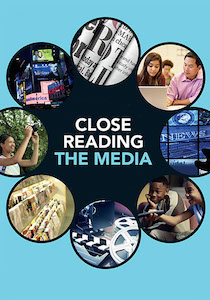
Film is a powerful medium. Every teacher I know uses film to engage students in a particular topic or historical event. I have previously written here about “film education” – ways to use movies effectively in instruction. I’m especially interested in those projects that are also specifically designed to help instill critical viewing skills in students.

To help teachers understand where film fit into instruction, national film study standards were developed in collaboration with other educational groups, such as NCTE and the Association for Middle Level Education.
The goal of the curriculum has been to help students better appreciate how stories are communicated through the visual medium of film. Curriculum kits included teacher guides and DVDs and were distributed throughout the United States.
Director Martin Scorsese, the driving force behind the Film Foundation, has been vocal about the importance and urgency of teaching both visual and film literacy to today’s students.
“Today, our society and our world are saturated with visual stimulation,” says Scorsese. “The world is now at the point where they are exposed to the visual language sooner than the verbal, and I think there’s a danger of visual language having more of an effect on kids than it used to.
“We have to try to deal with this and teach them to interpret the power of visual language. We have to make room for film in curriculum.” (Source)
A curriculum that is designed to engage students in “visual literacy” using film is perfectly aligned with both Common Core and other national teaching standards. Those who teach Social Studies, English Language Arts, Journalism, Film Study and Arts will all be interested in these kinds of materials. And there are more on the way!
Portraits of America: Democracy on Film
I’m a big fan of the Film Foundation’s approach to teaching film. I think educators who take the time to consider the films and the Foundation’s engaging approach will not be wasting their professional time. That’s why I was excited to witness the next iteration of “The Story of Movies” at a conference in Philadelphia last month.
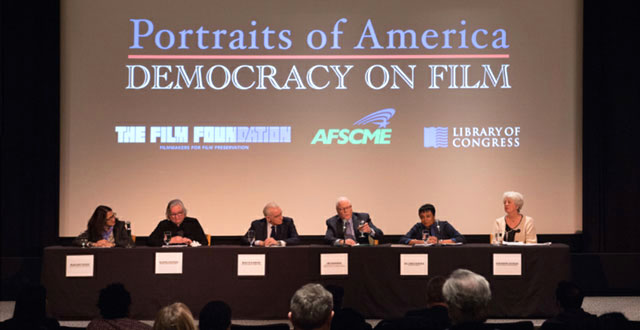
Last spring Scorsese announced the development of Portraits of America: Democracy on Film, a huge, multi-part curriculum that again is designed to engage teachers and students with appropriate films. Fiction, non-fiction, documentaries and docudramas are included in this new project.
The first part of the curriculum is expected to be available online at the end of this year or early 2019 and will be free. Curriculum developer Catherine Gourley told a group of teachers, gathered together in Philadelphia recently, that “film is first and foremost about story.” She added that often those stories are compelling ways to convey the meaning behind abstract concepts like “democracy.”
This group of educators were on hand to learn about the new project and provide feedback. The organizers shared background on how to approach teaching film from three different perspectives.
Three Ways to Read a Film
- narrative elements (characters, conflict, setting, plot, theme)
- cinematic devices (composition of the frame, cinematography; pacing and continuity; audio)
- historical/cultural contexts
To better grasp the concept of “cinematic elements,” teachers watched various clips. Their attention was called to camera angles – how the camera moved and why, for example – and how music might add to the tone and mood. As they viewed more clips, they began to become more comfortable identifying why filmmakers employed those techniques. This initiative hopes students will also see films in new and different ways.
The Rollout Begins Soon
A major underwriter of the new curriculum is the American Federation of State, County and Municipal Employees (AFSCME), a trade union group that was intimately involved in the 1968 Memphis Sanitation Strike, which is the topic of the civil rights era documentary At the River I Stand, a film (available on YouTube) included in “The American Laborer” module of the curriculum.
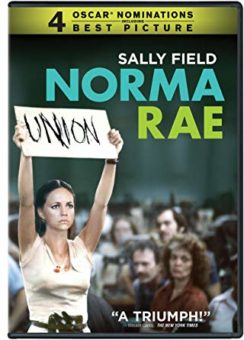
Both films are based on true stories and thus are appropriate to engage students in a compare-and-contrast of what actually happened. Students might be challenged to consider similar labor worker issues and struggles in contemporary times as well.
The first three modules to be released later this year include “The Immigrant Experience,” The American Laborer,” and “Civil Rights.” Other modules will be rolled out as they are completed and include “The American Woman,” “Politicians and Demagogues,” “Soldiers and Patriots,” “The Press,” and “The Auteurs.”
Portraits of America: Democracy on Film will also include appropriate readings related to the films’ topics as well as primary source documents, such as newspaper articles and editorial cartoons.
The curriculum encourages educators to use snippets with students rather than an entire film. Short snippets allow teachers to cover concepts quickly and encourage students to concentrate on specific aspects. While some of the feature films included in the curriculum have adult themes and will call upon teacher discretion, there are plenty of films (and parts of films) that can be used with younger students. (See a complete list of proposed films.)
Many teachers have told me they’ve had no previous training and are not necessarily comfortable doing “close reads” of film. Many others profess they don’t have the time. With the release of Portraits of America: Democracy on Film educators will now have user-friendly curriculum materials with ready-made lesson plans at their fingertips.
Watch for more details and curriculum “drops”
at the Film Foundation’s Story of Movies website.
Related Resources
The original Story of Movies curriculum for MS/HS
A Personal Journey With Martin Scorsese Through American Movies (book, documentary)
Coming to America: 19 Films about US Immigration
The A.V. Club prepared this content in 2017 in response to anti-immigrant politics and because “celebrating immigrants in this country is an evergreen obligation.”
Native Americans on Film Conversations, Teaching and Theory (Eric L Buffalohead)
A 2013 book documenting the film industry’s history of promoting stereotypical images of Native Americans. Also see the compelling 2009 Canadian documentary Reel Injun on the same theme.
These Amazing Shadows: The Movies That Make America
A PBS/Independent Lens documentary (2011)
The Language of Film: Media Literacy Clearinghouse
A resource page at my website.
How Movies Trick Your Brain Into Empathizing With Characters
A 2014 article from Wired magazine.
History Vs Hollywood
A website comparing docudramas on film to the real life stories.
__________________________
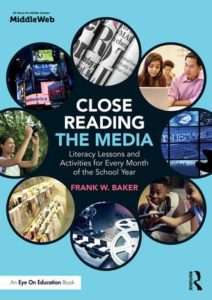

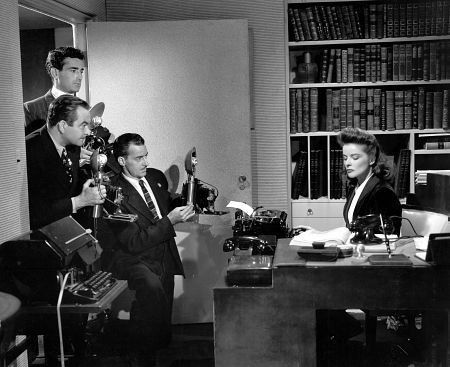



































The Film Foundation’s Portraits of America: Democracy on Film online curriculum materials are free to all teachers and librarians.
As the curriculum writer for The Film Foundation, I am writing with an update on our Portraits of America: Democracy on Film curriculum. We recently uploaded to our website http://www.storyofmovies.org two additional modules — “The American Woman” and “Politicians and Demagogues.” These valuable educational resources materials are free to all educators and librarians who register online. Registration is also free.
Films for in-depth study in “The American Woman” include: Age of Innocence, Alien, Imitation of Life, and Woman of the Year, as well as movies directed by female directors. These include Lois Weber’s Suspense and Where Are My Children?, Dorothy Arzner’s Dance, Girl, Dance, and Ida Lupino’s The Hitchhiker.
Films for in-depth study in “Politicians and Demagogues” are: All the King’s Men, Gabriel Over the White House, A Face in the Crowd, Advise and Consent, Young Mr. Lincoln, and the cinema nerite documentary Primary.
Additional module themes for which lesson are available are: The Immigration Experience, American Labor, and Civil Rights.
Briefly, The Film Foundation is a non-profit organization whose mission is the preservation of and appreciation for America’s film heritage. Our free online curricula focus on visual/cinema literacy. Developed in collaboration with classroom educators across the country, these interdisciplinary lessons and screening activities support state standards for social studies/history, English/language arts, and are applicable to Common Core recommendations as well. Available for immediate download are:
• pre- and post-screening discussion guides
• PowerPoint presentations
• selected film clips
• assessment tools
For more information, feel free to contact me at cgourley@verizon.net or Julia Wayne at Jwayne@Film-Foundation.org.
Catherine Gourley, Curriculum
The Film Foundation